It all starts here, from the values.
Those which are handed down through generations, those “handmade” values that enhance us and that know how to enhance above all the resources and labor. These are the same values that make sustainability a movement, a lifestyle, a philosophy that involves us all, each and every one of us: starting with small everyday choices, like choosing what to wear. Choosing to wear a Fraises et Désirs piece of clothing.
A made-to-order slow wear brand made in Italy and family-run with advanced and locally sourced yarns, to avoid any type of waste and in the name of transparency, inclusiveness, and sustainability, which can survive the test of time and trends. With Julie, founder of Fraises et Désirs, we talked about the path towards a sustainable lifestyle, the changes that must (and we emphasize, must) take place in the fashion industry and the beauty industry to combine creativity and quality in every garment. With a lot of determination and desire to improve, always.
How did your passion for fashion was born?
The passion I have for fashion was born with me and it has grown up over the years: who, as a teenager, has never bought a dress and worn it only for a party and then forgotten it in the closet, or bought clothes of weird origin? The more an individual grows up and matures, the more he realizes that a purchase, whatever it is, has an impact on who and what surrounds us.
From an educational point of view, I followed a course of studies that’s quite far from what I am doing now, but only under some aspects: I graduated in Psychological Sciences and Techniques and my years of university were the most beautiful and profound, a path that allowed me to get even more in touch with myself that gave me so much satisfaction.
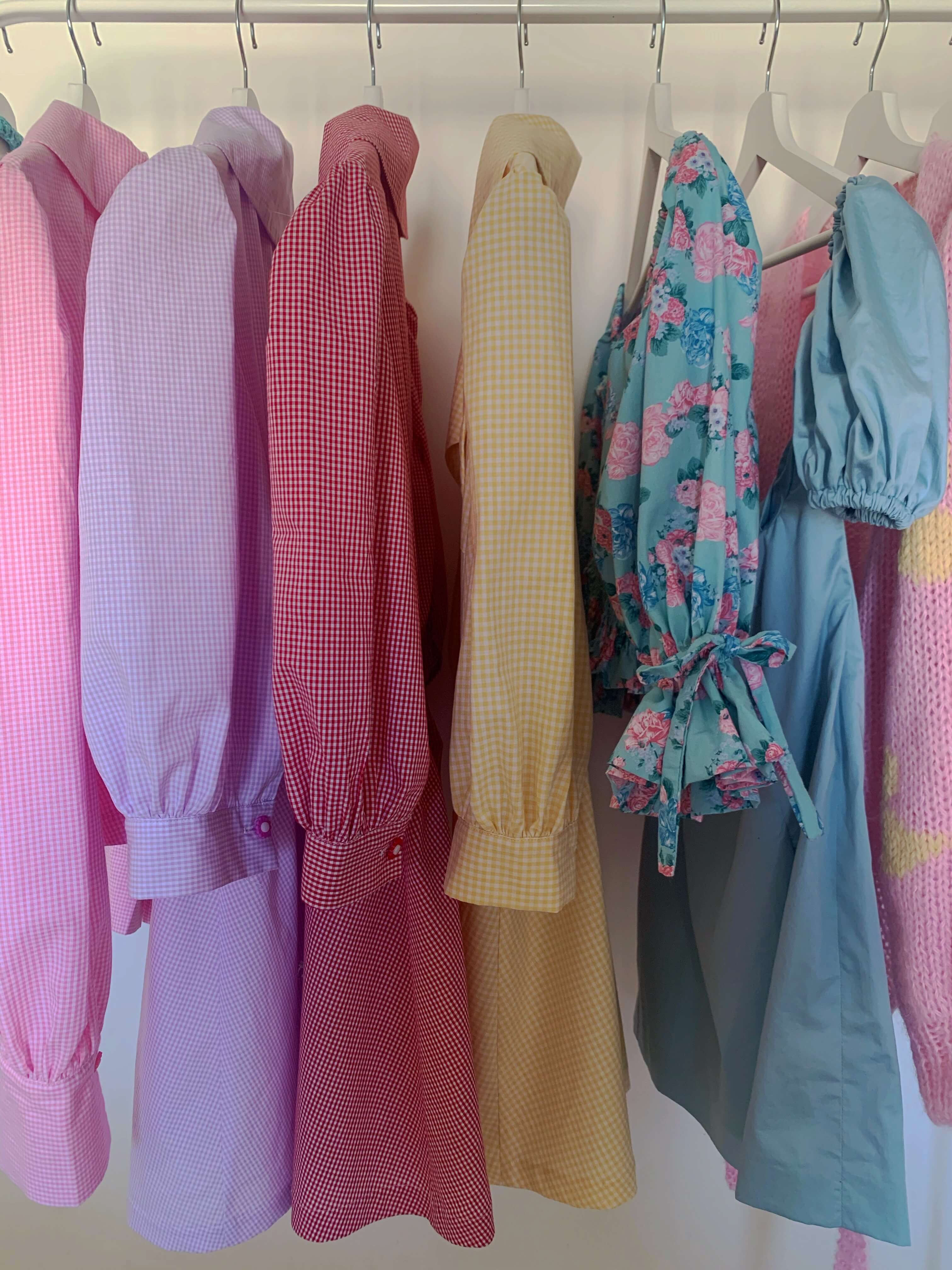
From what needs does Fraises et Désirs arise, and what are the main values?
Fraises et Désirs was born from the desire to be totally opposed to Fast Fashion and, therefore, it represents an alternative for the consumer who can, through a more conscious purchase, share our goals and help us achieve them. I remember the exact moment when this awareness became so clear in my mind that I decided to embark on this journey: it was altering having spent over two hours inside a large shopping center and realizing (for the umpteenth time) the similar and very poor-quality clothes in almost every shop. The main values of Fraises et Désirs are first of all “transparency:” everything we do is produced in front of my eyes and above all, as far as possible, I like to make my followers/customers participate in our work on social media. “Inclusivity:” our bodies are all different and a standard size 38, as well as a size 44, can not be suitable for every type of physique. We offer the possibility to customize our clothes with their own measurements or by making changes, for example, to the length. And “sustainability:” we are a made-to-order brand, we do not have anything ready to be shipped right away, and this allows us to avoid any kind of waste, both direct and indirect. We also opt for fabric and yarn scraps whenever possible or we go to local producers who share our approach.
What are the clothes that best represent the brand? And how would you describe its aesthetics?
Original, refined, and never taken for granted. I like to combine aesthetics and comfort. The goal is to create timeless pieces of clothing, that can resist over time, and that overcome the trends. I am inspired by the sweaters that my grandmother used to make me and what my mother wore when she was a little girl.

“We are a made-to-order brand, we do not have anything ready to be shipped right away, and this allows us to avoid any kind of waste, both direct and indirect. We also opt for fabric and yarn scraps whenever possible or we go to local producers who share our approach.”
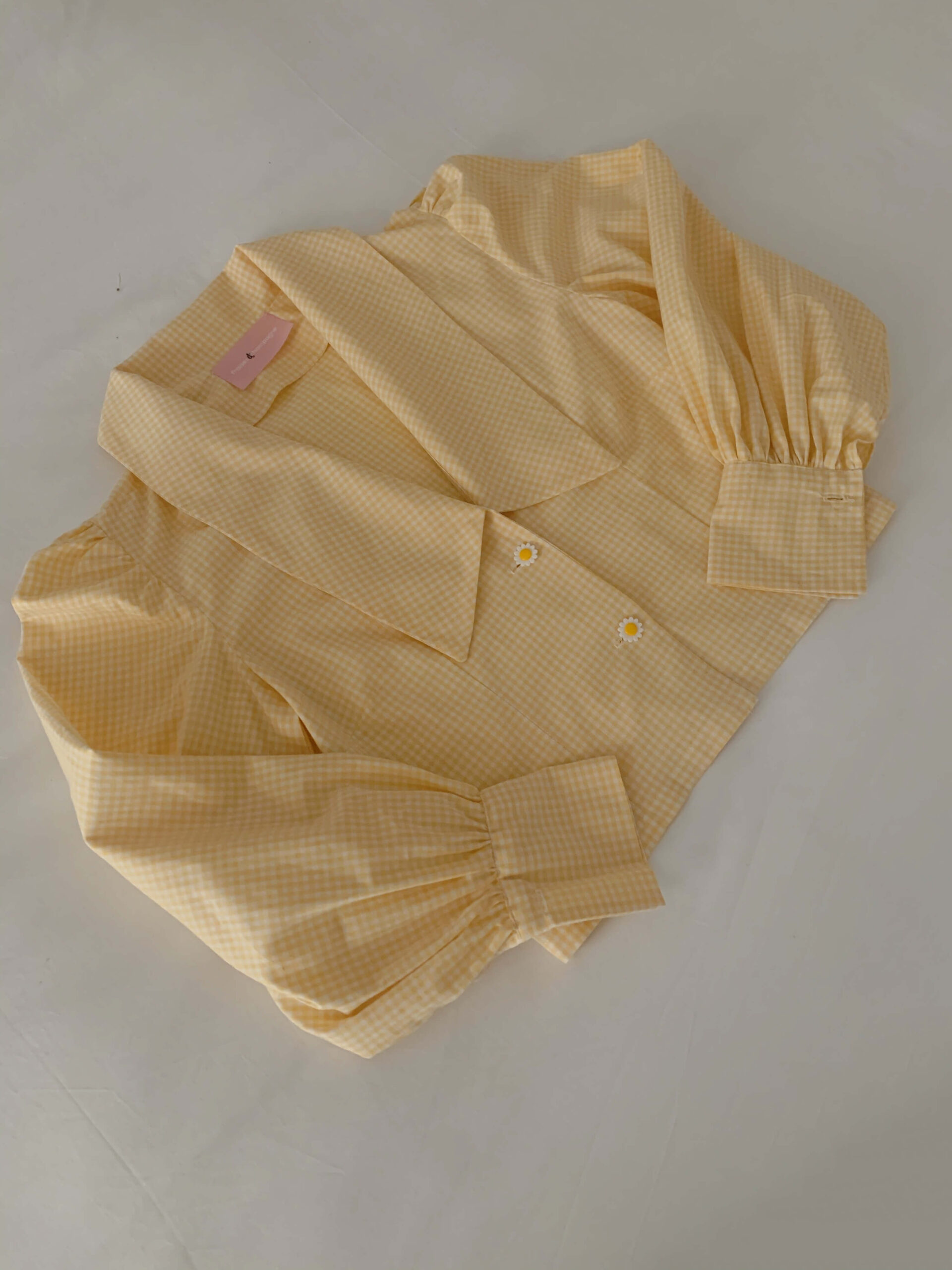
How did you approach the concepts of sustainability, and how have you changed/are you changing your lifestyle according to these principles?
The theme of sustainability is vast, and I particularly care about it: it is reflected in different aspects of our lives, in our present but above all in our future and that of the generations to come. My family, ever since I was a child, has taught me to live like I’m a guest on this Earth, starting from small but fundamental gestures such as the recycling of waste, conscious use of water and electricity, and, when possible, replacing the car with a bicycle or walk instead of using vehicles of transportation. Over the years, these gestures have been joined by other changes in my lifestyle that have mainly concerned the purchase of any product, from clothing to other more technological objects. I pay particular attention to food, supporting local realities, buying organic, and favoring bulk products without packaging … But above all, I avoid any kind of waste.
Sometimes, when dealing with certain issues, we look for perfection and it is perhaps this aspect that, in my opinion, discourages many people from taking sustainable paths. I like to talk about “Sustainability Education” and as such, it takes time and a lot of information to reduce our impact on the world as much as possible. For example, not eating meat is a green choice but it is good to know that not everyone will stop eating meat for a whole series of reasons that I do not feel like judging, just like everyone will not be able to stop using the car to go to work. With the right information, however, you can opt for lower consumption of meat, perhaps favoring that coming from non-intensive farms, or you could choose to buy a less polluting means of transportation. In this case, more than ever, every little gesture can make a difference.
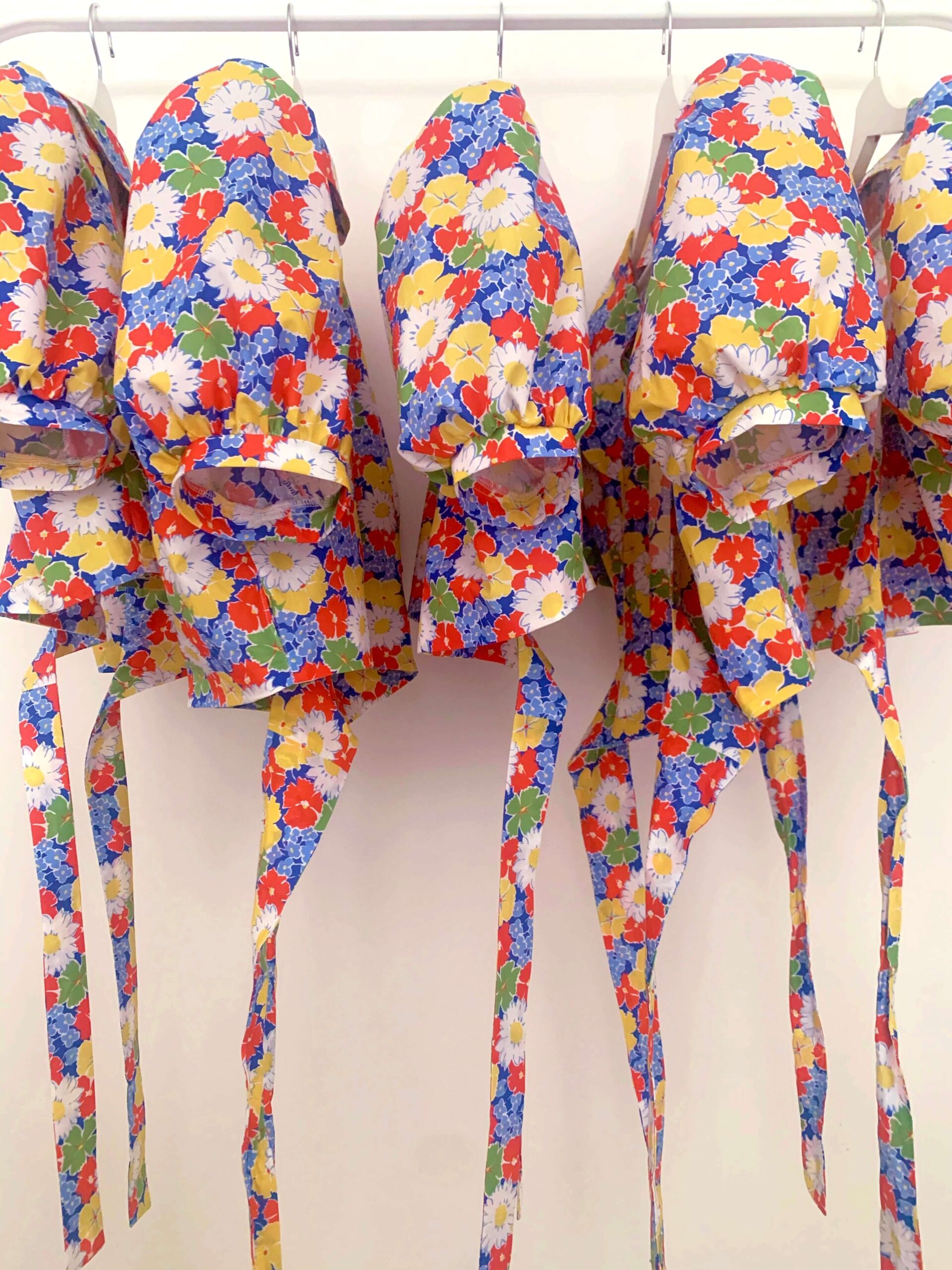
“I like to talk about ‘Sustainability Education’ and as such, it takes time and a lot of information to reduce our impact on the world as much as possible.”
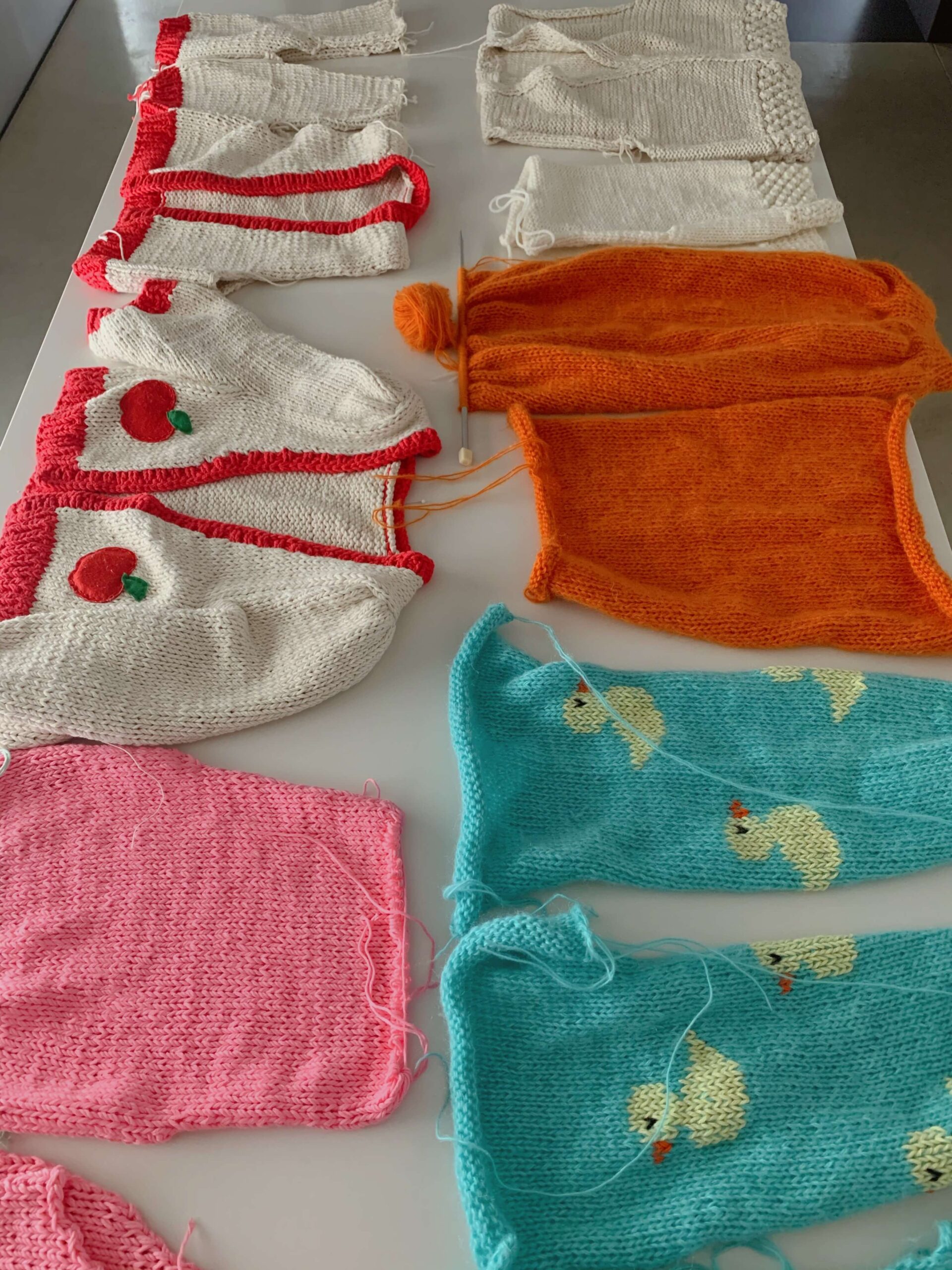
How does the creative process behind each piece of clothing is characterized?
It starts in my head, with a color that inspires me or with a particular type of fabric, and from there, step by step, an image comes to life that will later become a drawing. The whole creative process is the thing I love the most because I can express all my ideas and all my creativity. What you see is the finished product, but behind it, there are patterns, tests, and samples. Hours and hours of work.
What are the fabrics and yarns that you prefer to work with?
The quality ones. A quality fabric or yarn makes a difference both in the finished product and in the long term. When possible, I try to opt for “leftovers” of fabric, and I use the quotation marks deliberately here because it is often read with a negative tone. Some of these are remnants of large Italian and non-Italian fashion houses. The same goes for the buttons, for example, some are vintage, others belong to the end of the series. As for the yarns, it is difficult to talk about leftovers, as with the latter in most cases we could make a maximum of one piece. In this regard, we try to use the latter to make some embroidery or finishing. We are now working on how to reinvent the physiological leftovers of yarns and textiles, which derive from our production, to achieve the goal of zero waste. Some of the yarns we use have international certifications, such as Oeko Tex, which guarantees the absence of harmful substances as well as the production of the same in sustainable and socially responsible conditions.

“We are now working on how to reinvent the physiological leftovers of yarns and textiles, which derive from our production, to achieve the goal of zero waste.”

What do you think will be the future of fashion and communication?
I imagine a digital future and, thanks to the choices that people make, increasingly sustainable, positively impacting from a social point of view and characterized by a more traceable supply chain. The Covid-19 pandemic has been dramatic, it has made us slow down, sometimes stop, but it has also emphasized the need to change the way we consume.
The fashion industry is slowing down, and even the most renowned Fast Fashion brands (and I would like to put a question mark on it) are taking measures in this regard, to minimize the environmental impacts related to the performance of business activities, although, in my opinion, there are aspects intrinsic to the very concept of Fast Fashion, such as the very high number of unsold items, which make this setting difficult… Not to mention the forms of slavery to which workers are subjected.
The polarization of fashion towards digital is an aspect that sometimes worries me, not so much for activities like mine, that are born digital, but for all those that have become or will become digital in the future. Surely an important and complex system to deal with is the work: behind an e-shop, many people work, but what would happen if most physical activities closed? What would happen to the people who work within them?
Another big question is the one related to the cities: just think of Milan and the collections that were presented virtually during Fashion Week. Surely there has been a very negative impact in terms of revenues. These are very complex issues. Despite this, I believe that the “digital” purchase can never completely replace the “physical” one.
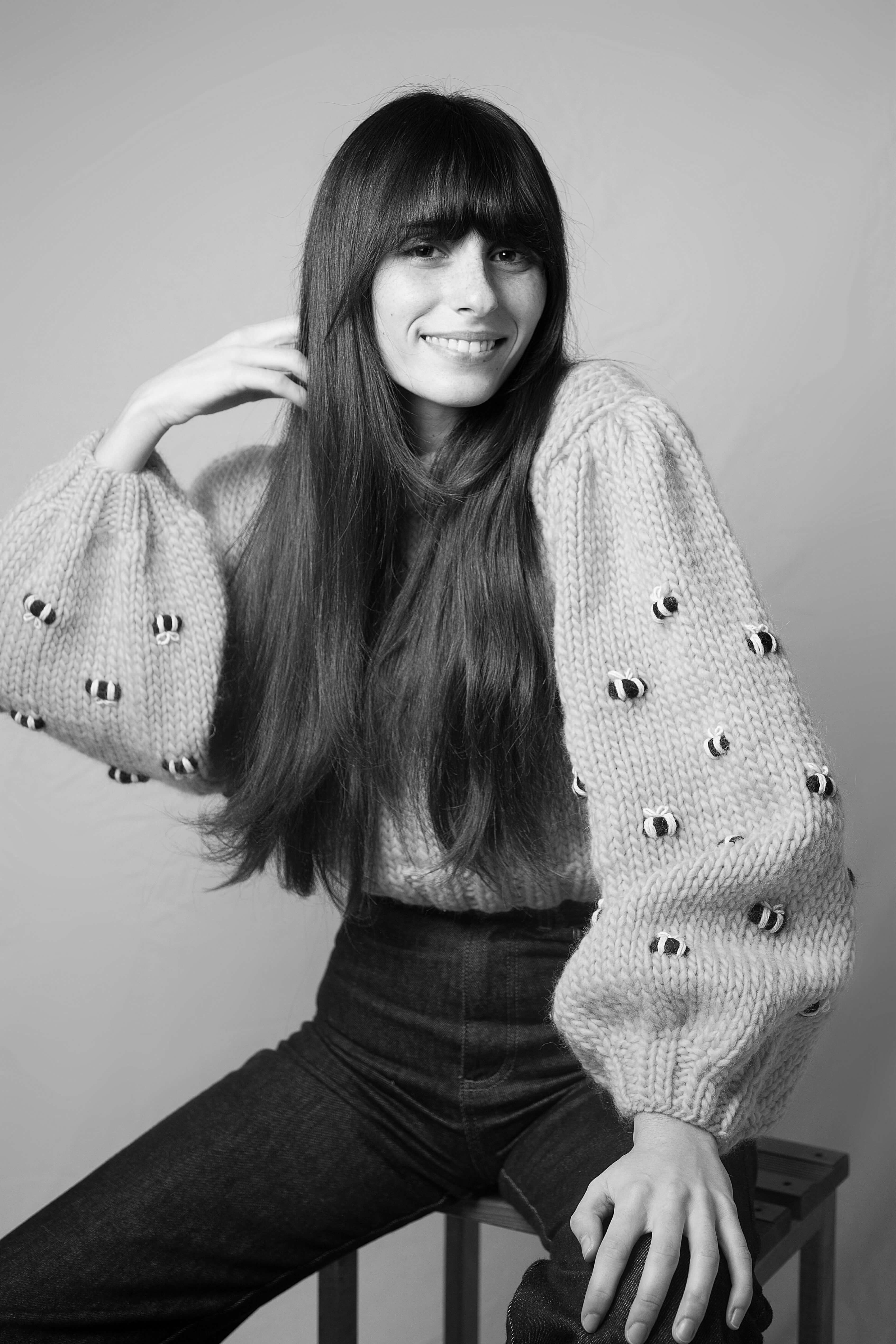
“The fashion industry is slowing down, and even the most renowned Fast Fashion brands (and I would like to put a question mark on it) are taking measures in this regard, to minimize the environmental impacts related to the performance of business activities, although, in my opinion, there are aspects intrinsic to the very concept of Fast Fashion…”
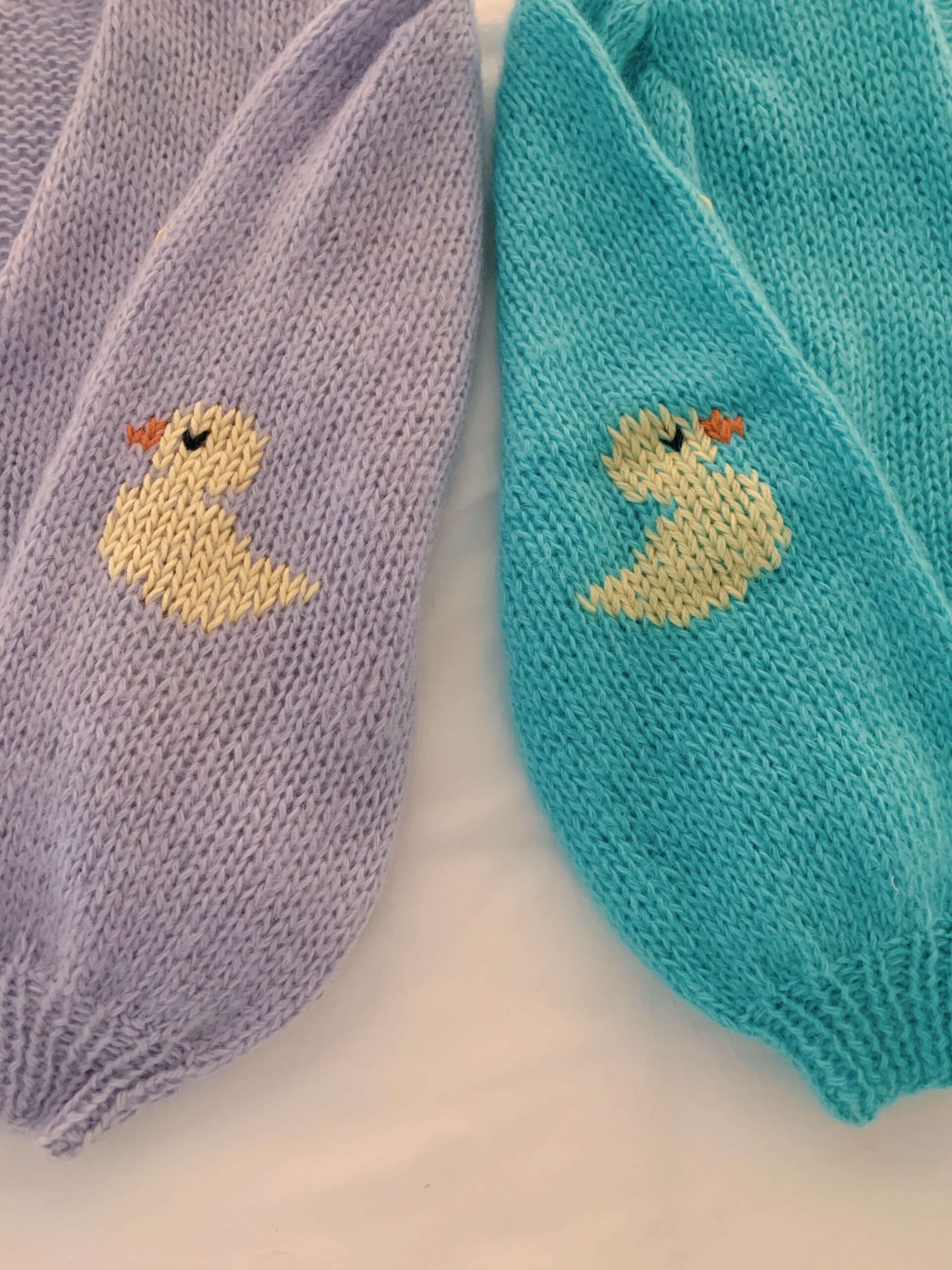
How would you define your style?
I like to mix elegant elements with other more sporty ones, but above all, to always wear an item that stands out.
And what is your everyday look?
Denim is a must, better if extra-long and strictly high-waisted, combined with a black turtleneck or one of my colorful sweaters… It all depends on the mood ☺
What do you have too many of in your closet?
Bags, of every shape, size, and color!
What’s at the top of your fashion wish list right now?
A pair of Mary Jane shoes in black varnish: classic and unmistakable.
What does it mean for you to be comfortable in your skin?
It means knowing exactly who I am, accepting my body, my thoughts, and owning myself. I believe that it is precisely this awareness that makes individuals shine with their light.


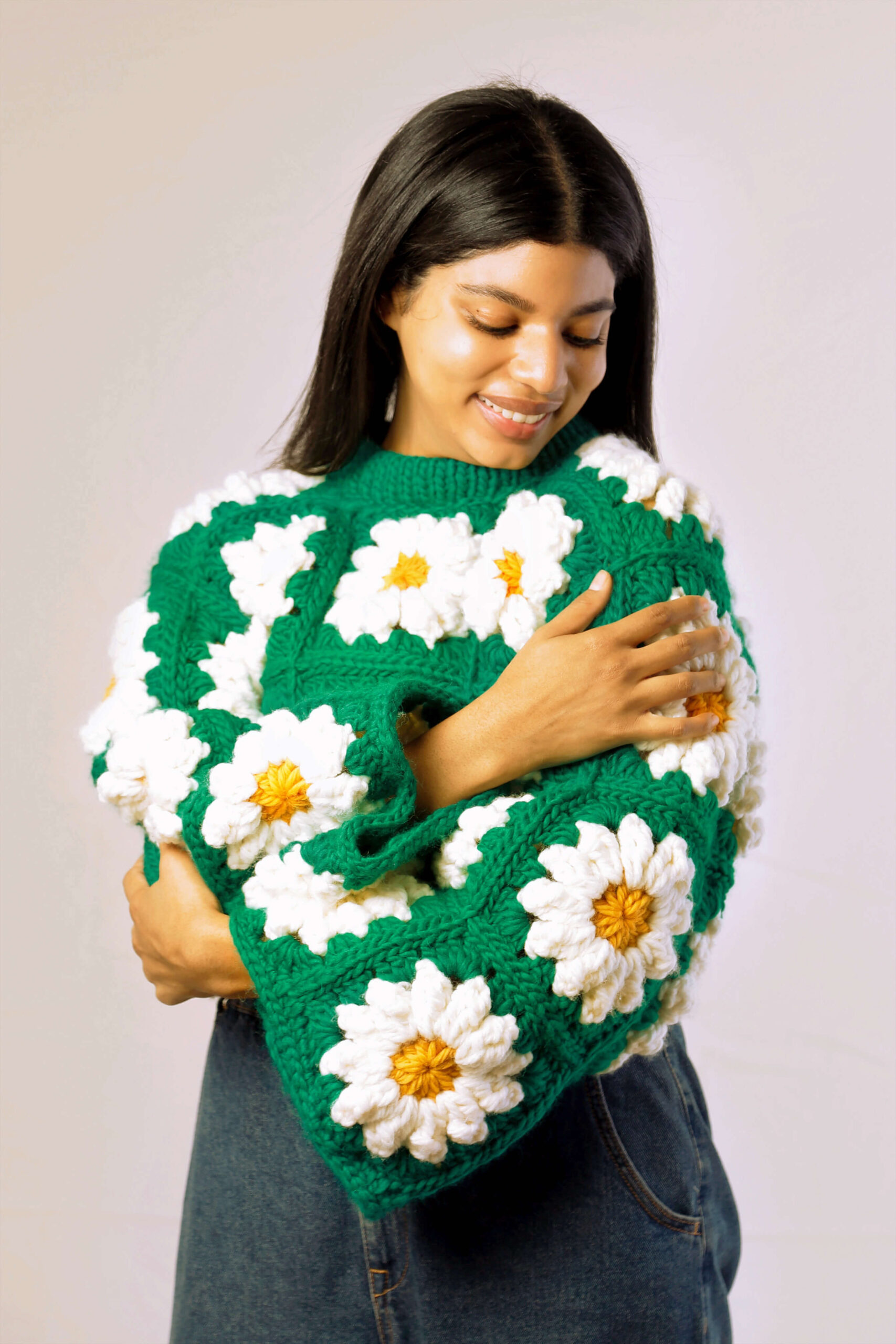
The last thing you discovered about yourself.
I discovered that I am more determined than I thought. When I started this activity, I had to deal with many uncertainties, and it was a sort of a bet. Young people (and older ones) who today decide to undertake their own business inevitably face substantial expenses, often difficult to sustain. and this is something that, in most cases, discourages them. I managed to face all the different aspects of this activity independently: from the most creative to the most bureaucratic and, perhaps, if I had been asked if I had succeeded a year and a half ago, surely the answer would have been negative. Today I am lucky enough to have wonderful people next to me who carry out this project together with me.
The book on your nightstand right now.
I’m reading “Lucio Fontana: materia, spazio, concetto” by Jole De Sanna. I am passionate about modern and contemporary art, and after visiting an exhibition of Fontana’s art in Florence, I am deepening day after day my knowledge of this artist.
Your everyday must-have.
Sunscreen on the face, both during summer and winter!
What are the next projects for your brand?
At the top of the list, we want to achieve the goal of maintaining and trying to improve the quality of what we do while trying to make our reality known to as many people as possible. In the medium-long term, we are also thinking about the first openings of physical stores, where obviously there will be no bridge garments to be sold but samples to be viewed and then proceed with the possible order.
Follow Fraises et Désirs here.
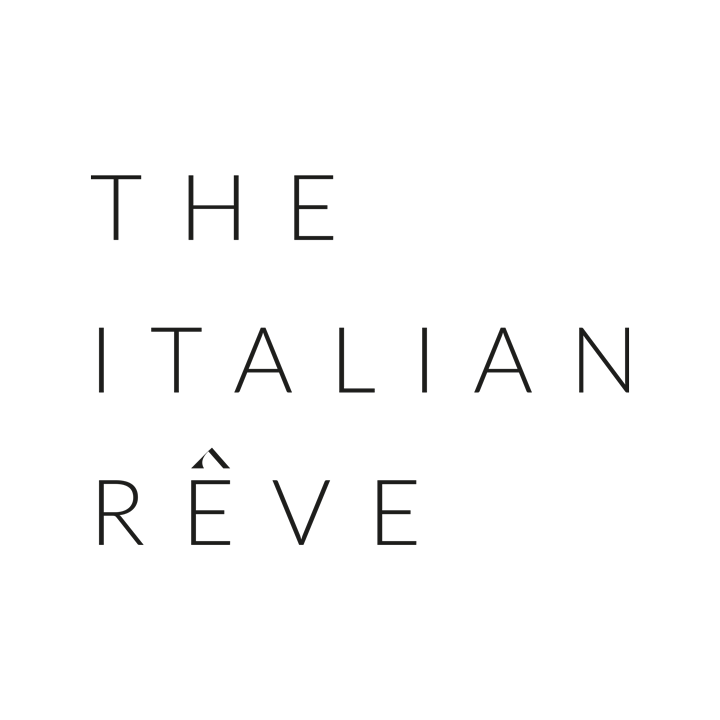

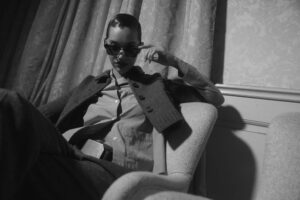
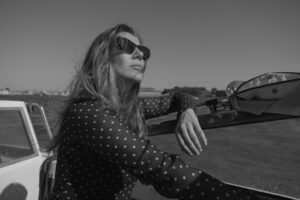
![Interview With Norbert Stumpfl [Executive Design Director of Brioni]: The Humanity of Creation](https://www.theitalianreve.com/wp-content/uploads/2023/06/EP_EDP_Essentiel_1-300x169.jpg)
